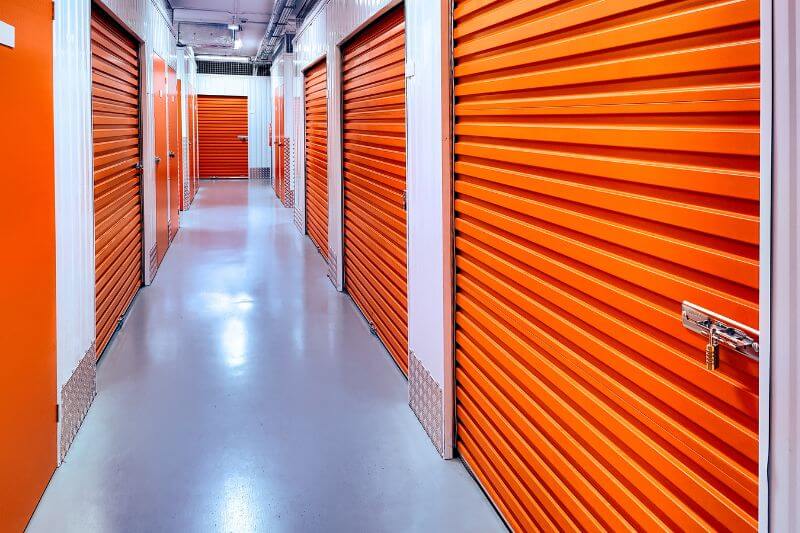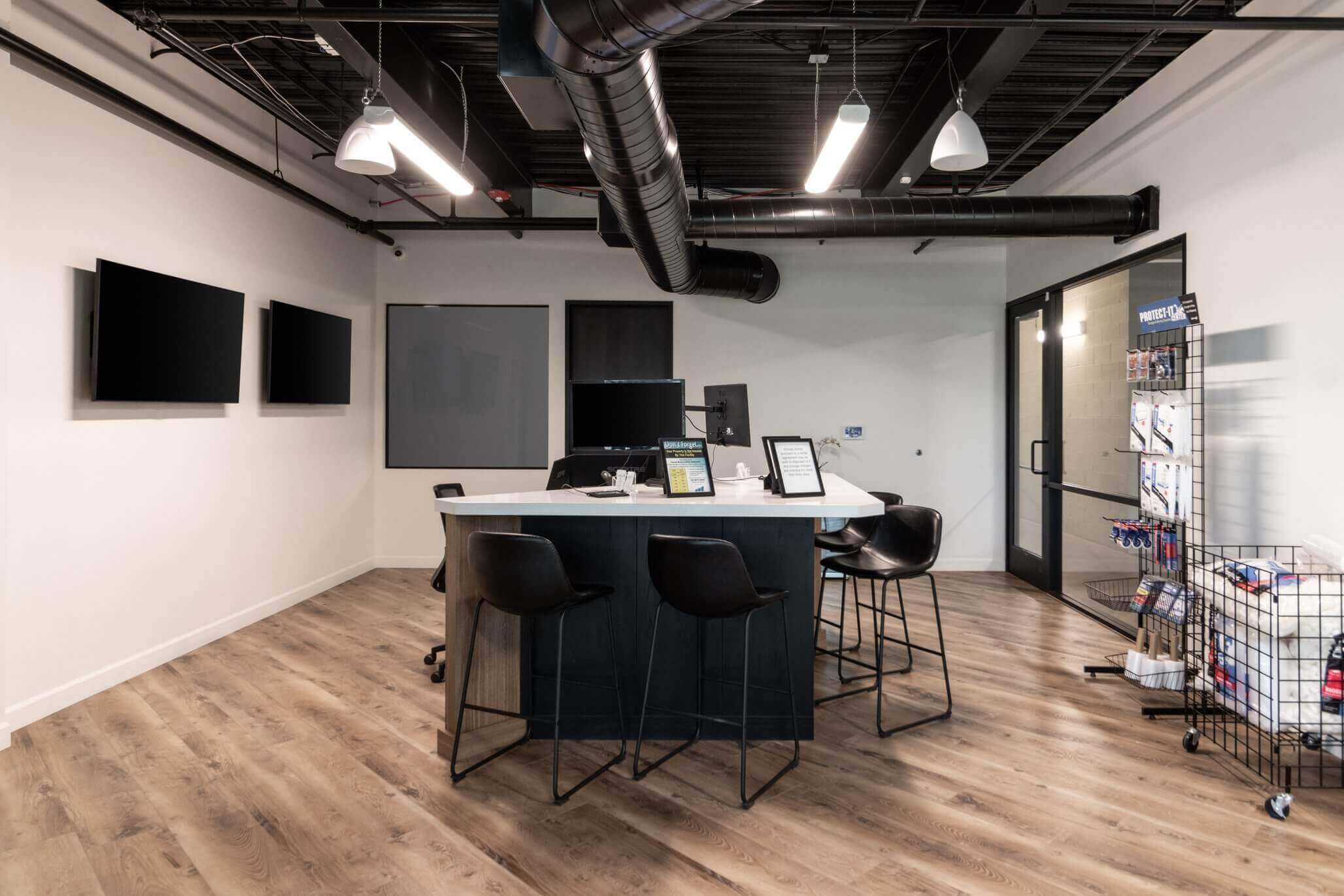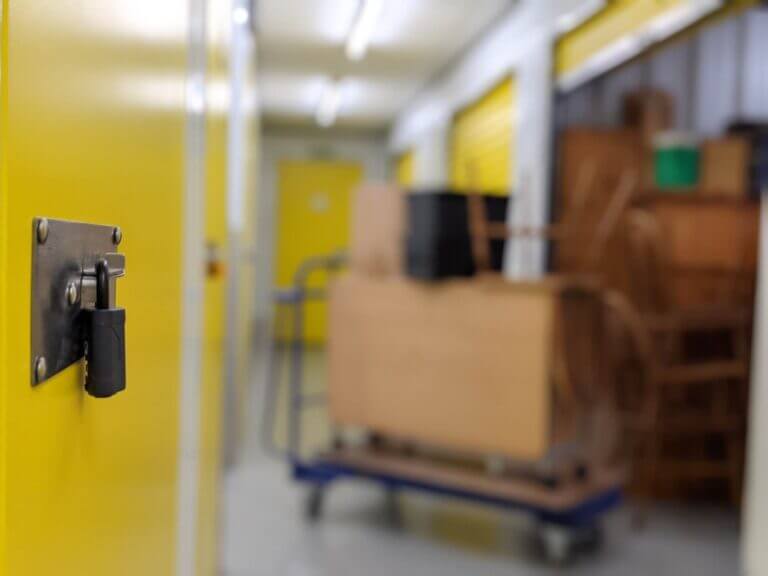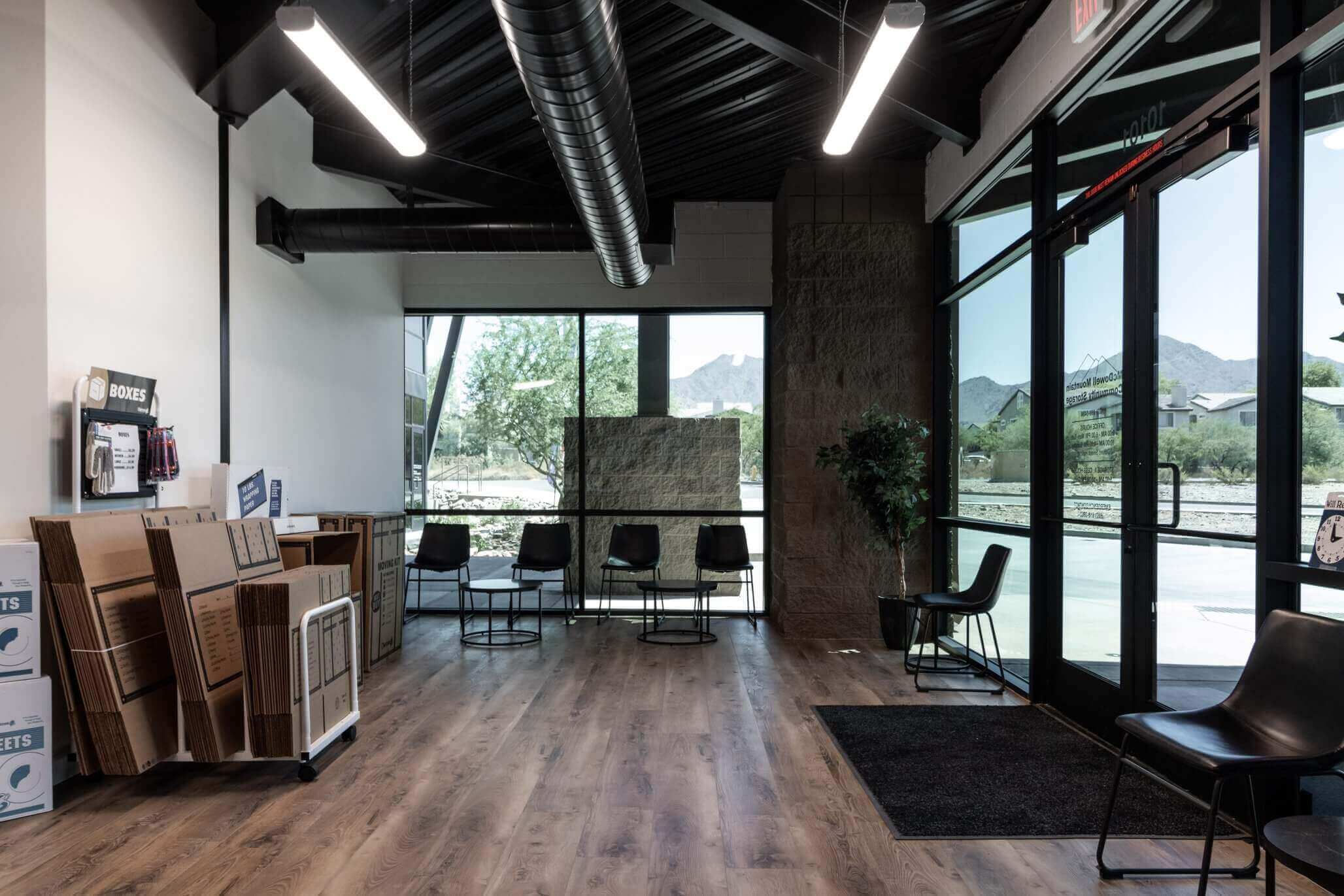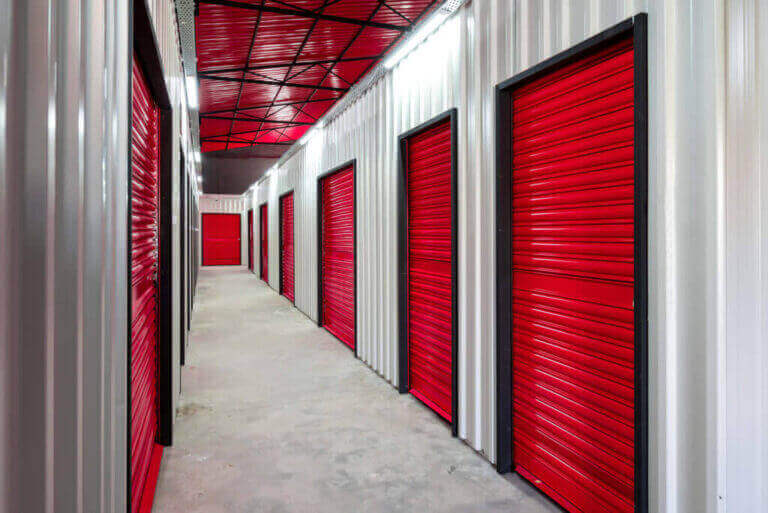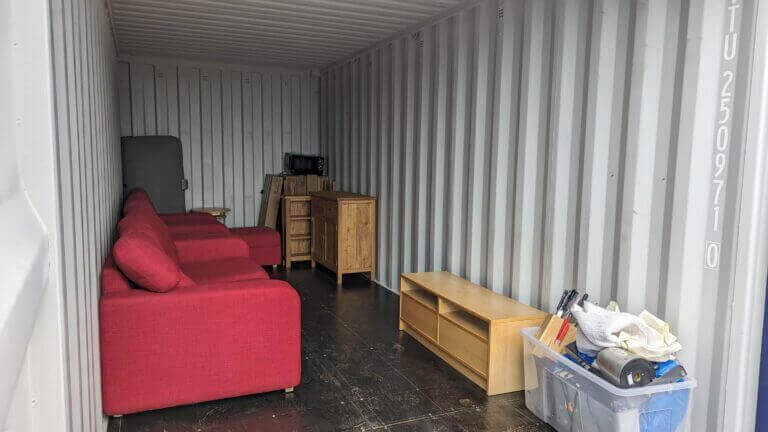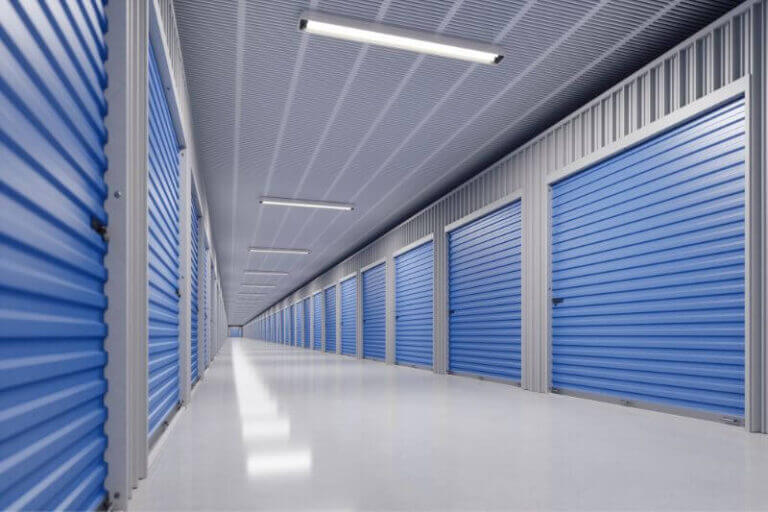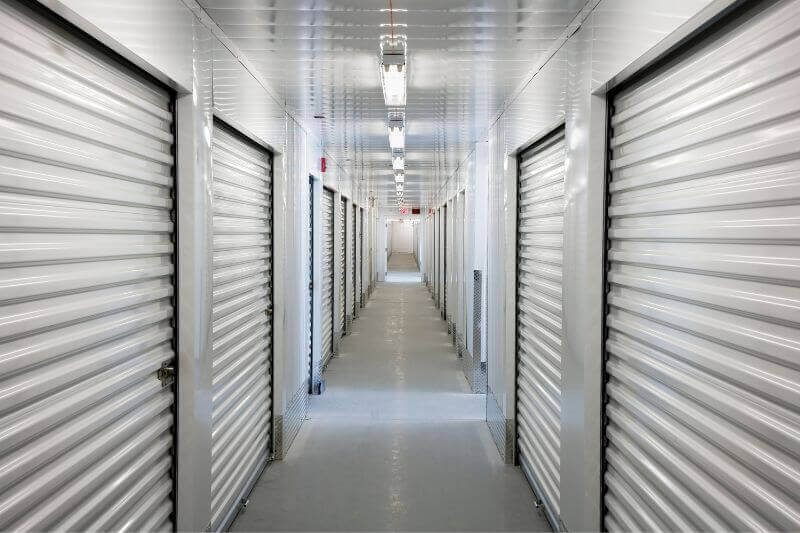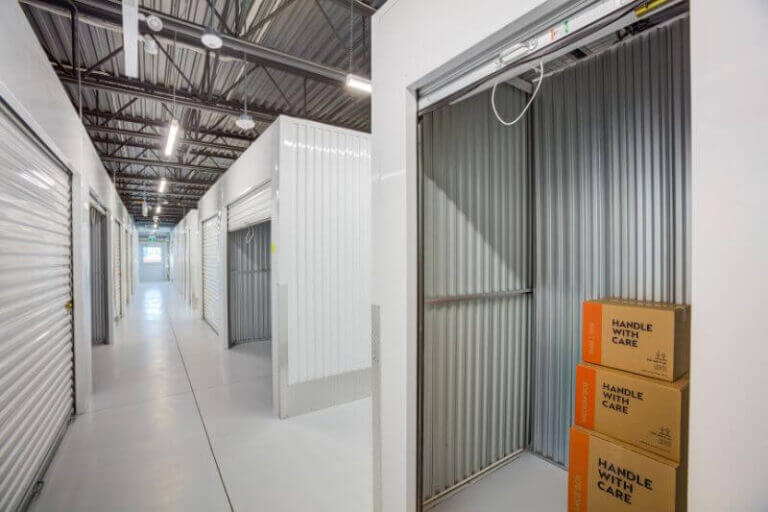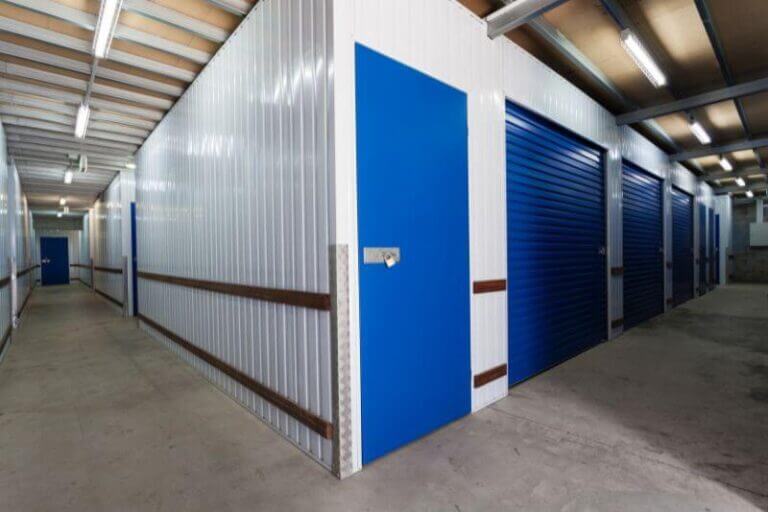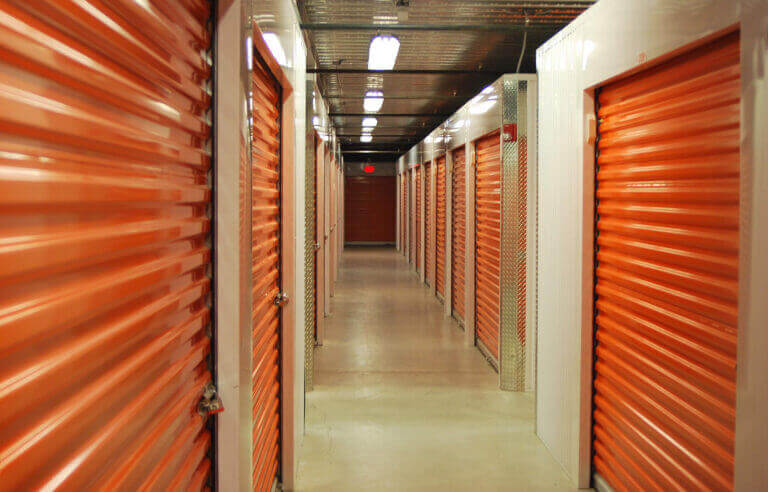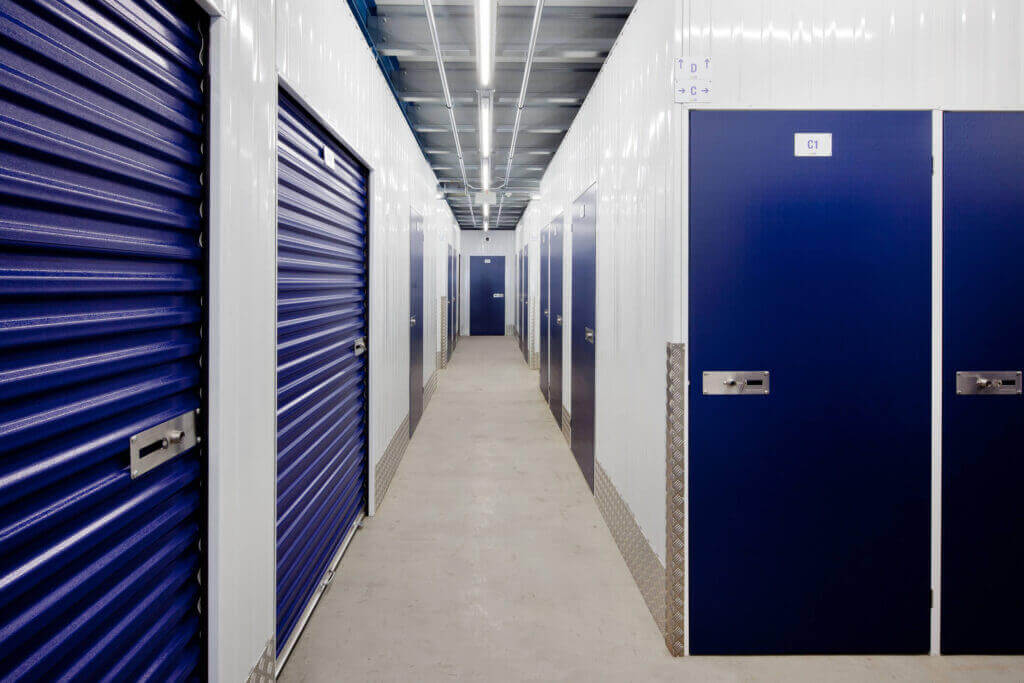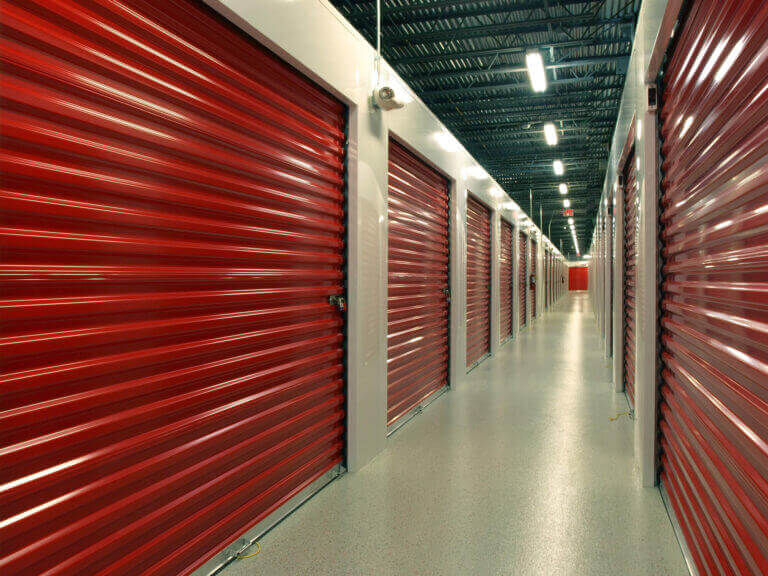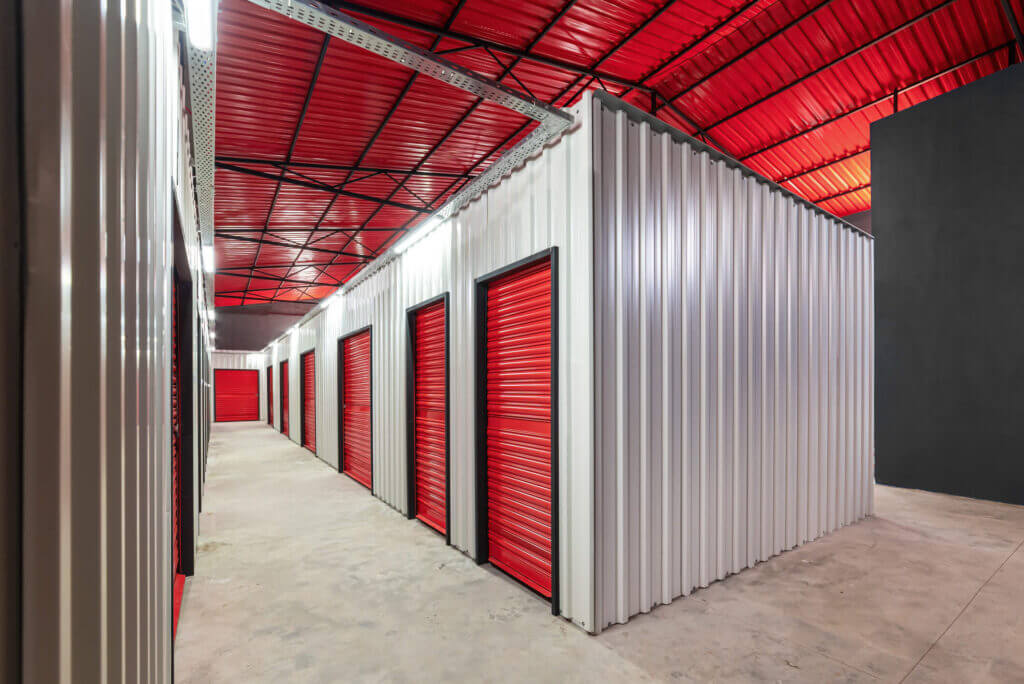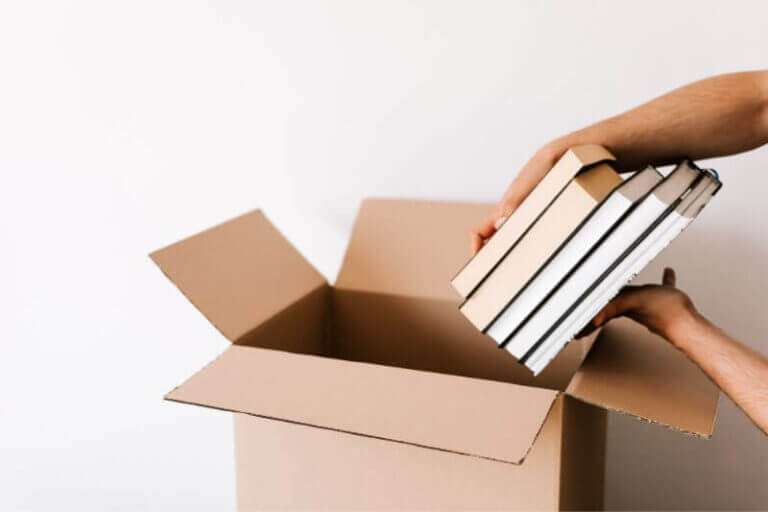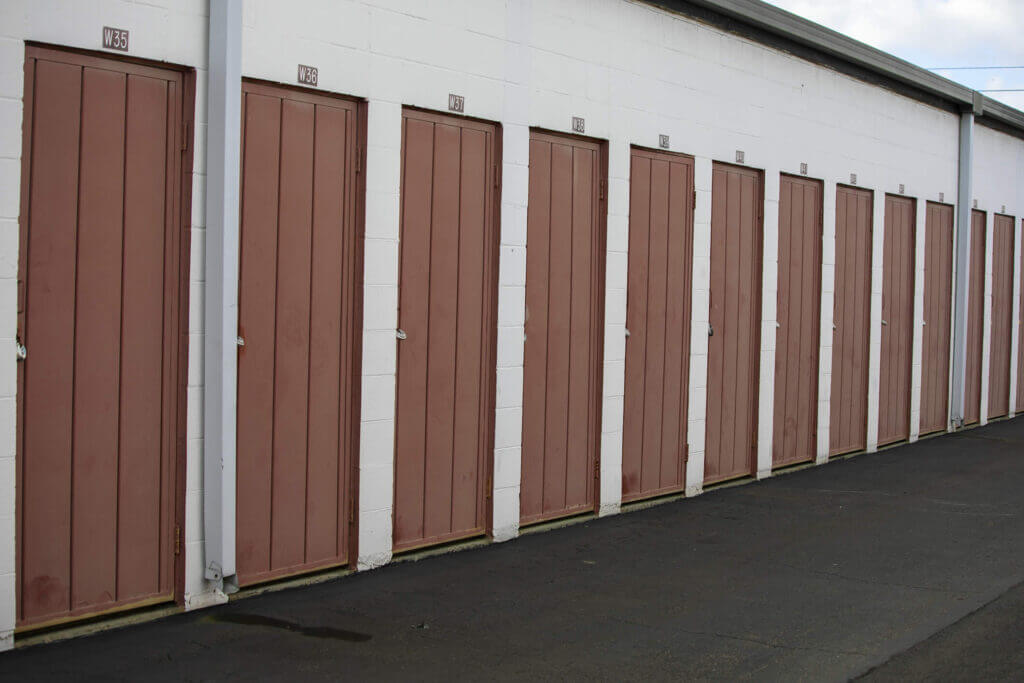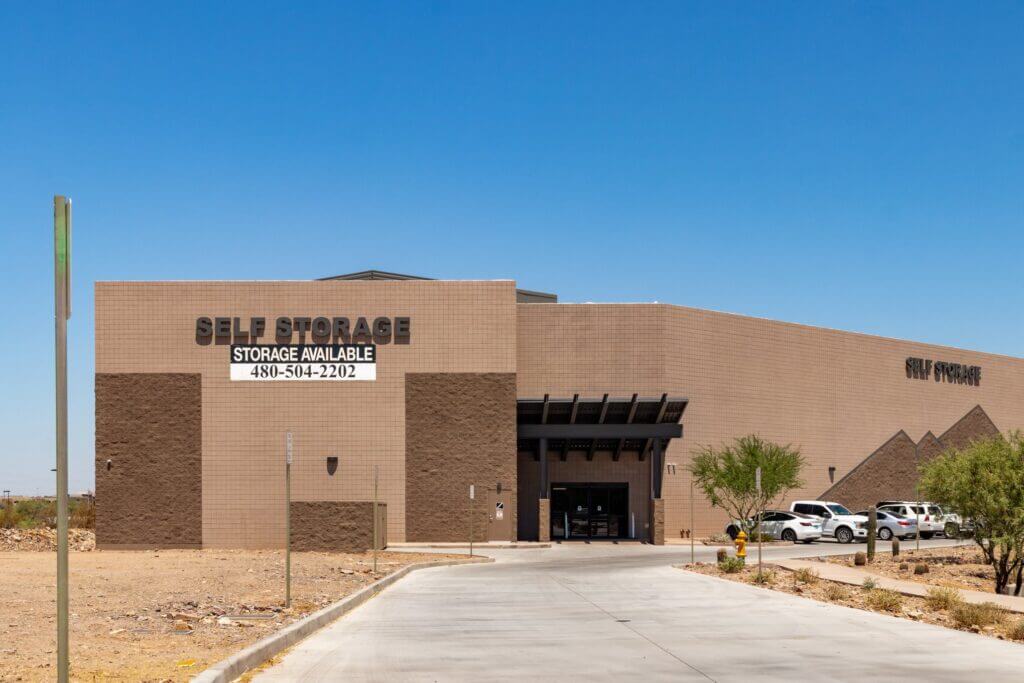When it comes to finding extra storage space for your belongings, a 5×10 storage unit is one of the most versatile and cost‑effective solutions available, offering a variety of types—from a walk‑in closet’s worth of boxes to a small vehicle—and giving you the flexibility to organize, lock, and store all your items securely, freeing up room in your home. Whether packing boxes filled with items from your bedroom, moving to a new location or simply needing extra space storage for furniture and appliances, this storage unit size offers a perfect balance of space and affordability. This comprehensive guide covers everything you need about 5×10 units, from storage unit prices and amenities to organizational tips and security features. Read on to discover how McDowell Mountain Community Storage can provide your storage solution.
Why Choose a 5×10 Storage Unit?
A 5×10 unit provides 50 square feet—roughly the size of a walk‑in closet or one bedroom—making it ideal for storing:
- Furniture includes couches, a queen mattress, or a box spring.
- Appliances like a washer, dryer, or appliances you’re not currently using.
- Business inventory: storage items, office equipment, and products.
- Vehicles include motorcycles, a motorcycle, or even a compact car.
- Household belongings: books, decorations, bags, and containers.
Many customers find that 5×10 storage units meet most of their storage needs without the higher cost of a larger 10×10 or 10×20 unit. Whether you’re a student in an apartment, a homeowner tackling a move, or a business owner needing extra storage space, it’s a great option. These units are perfect for storing items like patio furniture, a small vehicle, or even pieces of furniture. Plus, with various storage unit sizes available, you’ll find that a 5×10 unit offers just the right amount of space, comparable to a walk-in closet for your needs.
Comparing Unit Sizes: 5×10 vs. Other Options
When evaluating unit sizes, consider the range of options at your storage facility:
- 5×10 storage units: Perfect for small furniture, a mattress, and several boxes.
- 10×10: Twice, the storage space fits the contents of a one‑bedroom apartment.
- 10×20: Comparable to a garage, accommodates vehicles, boats, or large appliances.
- Smaller storage spaces like a walk‑in closet (5×5) are ideal for seasonal items and decorations.
Understanding the differences in unit sizes, types, locations, and the number of units available and current demand ensures you select the storage unit size that aligns with your needs and budget. While larger units offer more capacity for dressers and other items, they also come with higher storage unit prices and potentially unused space; consult our list of storage facilities to find the best option.
Key Features and Amenities
Your choice of storage facility should hinge on the facility amenities and features that matter most:
- Climate control: Vital for protecting sensitive contents—artwork, electronics, and wooden furniture—from dust, humidity, and extreme temperatures.
- Self storage amenities: The facility includes indoor storage indoor hallways, gate access, and wide walkways to accommodate dollies and hand trucks.
- Facility amenities: Extended access hours, video surveillance, security features, and an on‑site facility manager.
- Protection and insurance: Ensure your belongings are covered against damage or theft.
- Convenience: Proximity to your location, online rental, and easy gate access make visits seamless.
By selecting a facility with robust security features and thoughtful amenities, including self storage unit options that cater to various needs, you’ll know that your items—a bed, furniture queen, or anything else—are well protected. With high ceilings and secure storage, you can trust that your belongings are in good hands, whether in the U.S. or locally.
Security and Protection
Security should be a top priority when storing your belongings:
- Video surveillance monitors all front entrances, hallways, and facility grounds.
- Secure access systems use keypad locks or electronic gates requiring unique codes.
- Regular patrols by the on‑site team and a responsive facility manager.
- Insurance options to cover storage items against unforeseen damage.
- Proper packing tips, sturdy containers, and high‑quality boxes reduce risk.
Combining these security features with thorough packing and protection measures at McDowell Mountain Community Storage ensures your storage spaces remain safe and undisturbed.
Tips for Organizing Your 5×10 Storage Unit
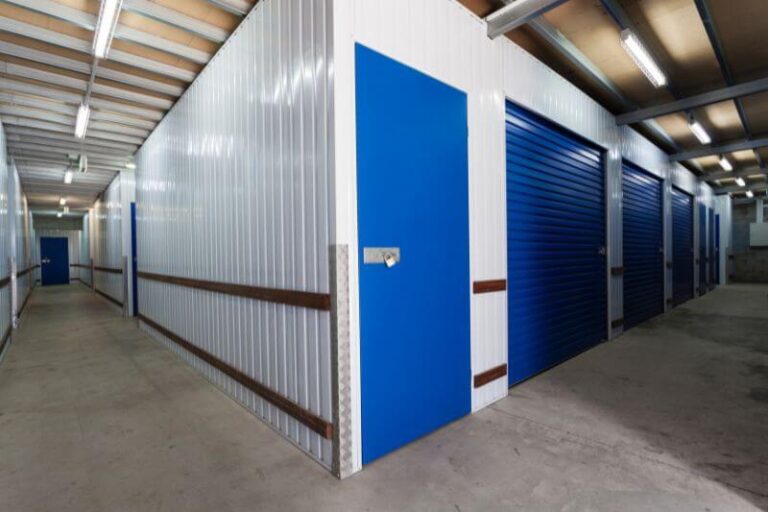
Maximizing your space in a 5×10 storage unit requires strategy and Storage Unit tips to ensure you make the most of every inch of space.
Plan Your Layout
Sketch a floor plan noting length, width, and height. Position larger pieces—dressers, cabinets, and equipment—against the walls, leaving a central walkway for easy access.
Use Uniform Boxes and Containers
Stack identical boxes and containers to optimize vertical space. Label each box with contents and date to locate items quickly.
Protect Your Furniture and Mattress
To combat dust, cover your furniture, including queen mattresses and couches, with plastic covers. To save floor space, stand a box spring on its side along a wall.
Create Aisles for Frequent Access
If you plan to retrieve certain belongings regularly—essential documents, seasonal decorations, or everyday household goods—store them near the front.
Use Shelving Units
Lightweight, collapsible shelves hold boxes, books, and small accessories. For stability, place heavier equipment on the bottom shelves.
Maintain Flexibility
Leave plenty of space at the bottom and top for airflow and future additions. Avoid overpacking so everything remains accessible.
Choosing the Right Facility
Your storage solution is only as good as the facility that houses it. Consider these factors when selecting a location:
Location and Accessibility
Facilities in the U.S. vary by region. Pick a facility close to your home, office, or school, and verify its access hours.
Range of Unit Sizes
Look for a provider offering unit sizes from 5×5 to 10×20 so you can upgrade or downsize.
Price and Value
Compare self storage units prices, factoring in availability, seasonal discounts, and promotional offers.
Customer Service
A knowledgeable facility manager and friendly team can provide guidance on unit size, packing tips, and insurance choices.
Self Storage Options
Decide between indoor and outdoor, drive-up units and hall access, and climate and non‑climate control. Each type serves a different purpose.
You’ll secure a rental that fits your needs and budget by evaluating these options.
Conclusion
Choosing the right 5×10 storage unit involves understanding your needs, comparing unit sizes, and selecting a facility with the amenities and security features you value. With proper planning, organization, and the right storage solution, your belongings will remain safe, accessible, and pristine. If you have any further questions or require guidance, contact our McDowell Mountain Community Storage team for personalized information and advice.
Frequently Asked Questions About 5×10 Storage Units.
What types of items should not be stored in a 5×10 storage unit?
It’s important not to store hazardous materials like chemicals, flammable items, or perishable goods in your 5×10 unit. Check with your storage facility for specific restrictions.
Can I store a car in a 5×10 storage unit?
While a 5×10 unit is large enough to store motorcycles and small vehicles, it’s typically unsuitable for a full-sized car. Check with your storage provider for vehicle-specific units.
Are there any discounts or promotions for renting a 5×10 storage unit?
Many storage facilities offer seasonal discounts, first-time renter promotions, or special rates for long-term rentals. Be sure to ask about available offers.
How do I prepare my items for long-term storage in a 5×10 unit?
Use proper packing materials, such as bubble wrap and sturdy boxes, to ensure your items remain in good condition. For sensitive items like electronics, consider climate-controlled storage.
How do I access my 5×10 storage unit?
Most storage facilities offer 24/7 access or specific hours during the day. Some facilities use keypads, while others may require a key or electronic access code.
Can I upgrade to a larger unit if I outgrow my 5×10 storage unit?
Yes, many facilities allow for easy upgrades. Depending on availability, ask your facility manager to assist you in moving to a larger unit.
How secure are the 5×10 storage units at McDowell Mountain Community Storage?
McDowell Mountain Community Storage offers enhanced security features such as video surveillance, electronic gate access, and regular patrols by an on-site team to keep your items safe.
What is the minimum rental period for a 5×10 storage unit?
Most facilities offer flexible rental terms, but there may be a minimum rental period, typically 30 days. Check with the storage provider for specific requirements.
Can I store sensitive or valuable items in a 5×10 unit?
For items like artwork, electronics, or antiques, consider opting for a climate-controlled 5×10 unit to protect your valuable possessions from temperature fluctuations and humidity.
What happens if I forget to make a payment for my storage unit?
If you miss a payment, your storage facility may impose a late fee or temporarily restrict access to your unit. After an extended period of non-payment, the facility may initiate a lien process. Always stay in communication with the facility if you’re facing payment issues.


